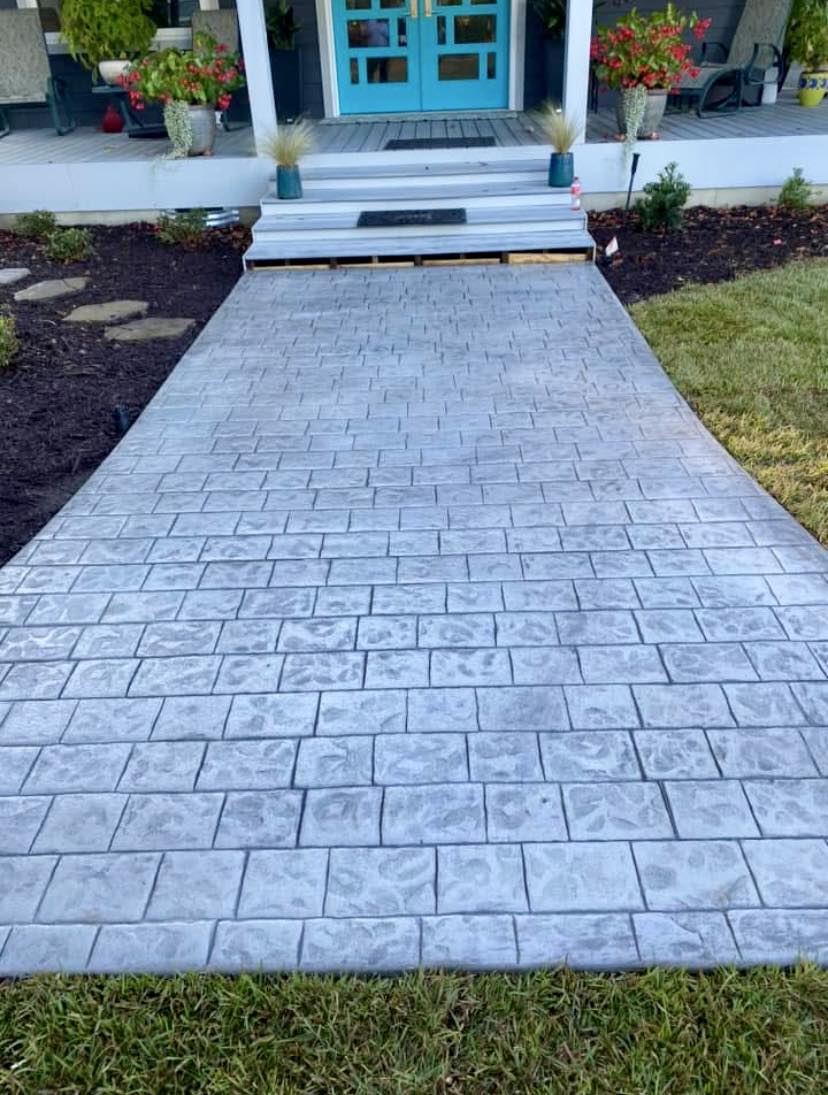
The Art and Science of Concrete Finishing: Tips for a Perfect Surface Oct 03, 2025
The journey to a flawless concrete finish begins with proper planning and preparation. Before pouring the concrete, it is crucial to ensure that the subgrade is well-compacted and leveled. This step minimizes the risk of cracks and irregularities in the finished surface. Adequate reinforcement, such as rebar or wire mesh, should be installed to provide additional support and stability to the concrete structure.
Once the concrete mix is ready, proper pouring techniques play a vital role in achieving a smooth finish. To prevent segregation and ensure uniform strength, the concrete should be poured continuously without unnecessary breaks. Working efficiently with a team can make this task more manageable, allowing the concrete to settle evenly and reduce the likelihood of imperfections.
After pouring, timing is everything when it comes to finishing concrete. The curing process begins immediately, and the environment's temperature and humidity levels can affect the setting time. Monitoring these conditions will help determine the optimal moment to start the finishing process. Starting too soon might pull excess water to the surface, while delaying can make the concrete too hard to work with.
During finishing, several techniques can be employed to obtain that desired smooth surface. Bull floating is crucial in leveling the concrete and removing any ridges or holes. This process should be performed while the concrete is still plastic. Following bull floating, edging and jointing are essential to prevent cracks and facilitate expansion. Proper edging helps define clean lines and provides a refined touch to the edges of the concrete slab.
For a polished surface, troweling is the final step in the finishing process. Whether using hand or power trowels, the aim is to compact the surface further and produce an even sheen. Care must be taken not to over-trowel, which can lead to surface blisters and weaker areas that compromise the integrity of the concrete.
An essential aspect that often goes unnoticed is the curing of concrete. Proper curing is vital to develop the full strength and durability of the material. Covering the freshly finished surface with a curing compound or wet burlap can help retain moisture, significantly reducing the chances of surface cracking or premature drying.
In conclusion, mastering the art and science of concrete finishing is instrumental for any successful construction project. By understanding each phase of the process and executing with precision, you can achieve a flawless concrete surface that stands the test of time. At Big League Concrete and Grading, our commitment to excellence ensures that every project we undertake results in high-quality finishes that exceed expectations. Whether you're a do-it-yourself enthusiast or a seasoned construction professional, these tips can guide you towards achieving perfection in your next concrete venture.
/filters:no_upscale()/media/4cc0e2d9-10cd-4e2d-9eaf-933265bd4b39.jpg)
/filters:no_upscale()/filters:format(webp)/media/3ea08836-059a-4bf8-867e-f606b7a61124.jpeg)